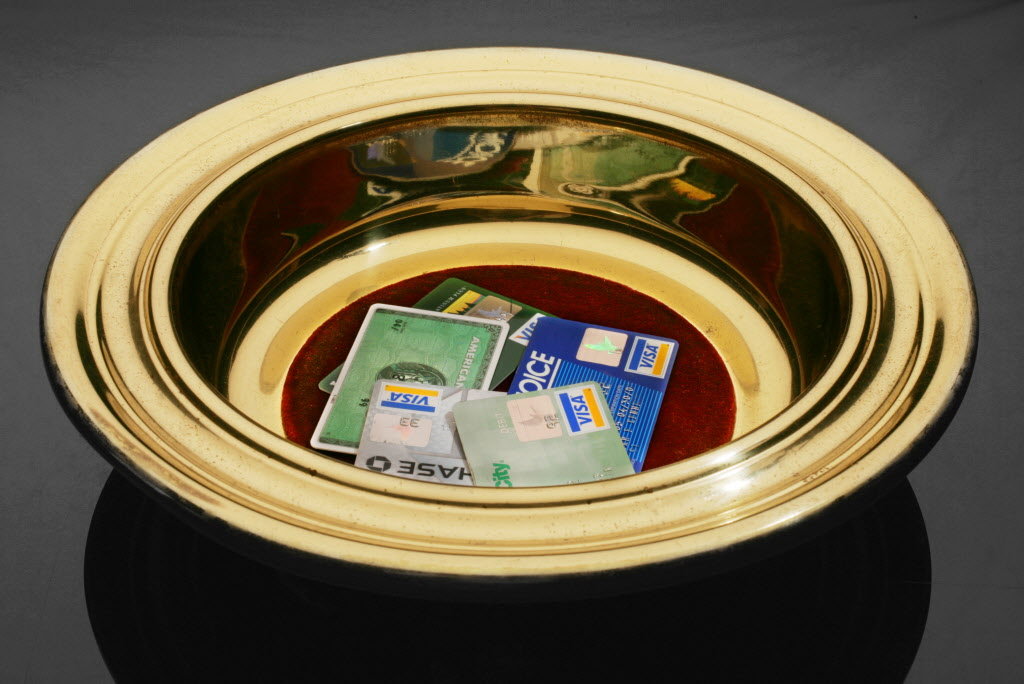By Jeff Sharlet
I’ve been sifting through the Pew Forum’s much-discussed study on U.S. religious affiliation. The big number is 20% — that’s the number of religiously unaffiliated Americans, a category sometimes misleadingly but succinctly labeled as the “Nones.” That number is up nearly five points since the last big survey in 2007. So, is secularization at hand?
I doubt it. Believers and nonbelievers have been declaring the end of religion in the United States since before the Revolution. The numbers do change, but they don’t go in only one direction — think pendulum, not “progress.” And they move slowly. Five percent doesn’t seem slow, but then, it doesn’t mean quite what it seems to mean, either. The one theory the study doesn’t seem to consider — and, really, the most obvious — is the economy. I call that obvious not for sociological reasons but for historical ones — the last great unchurched moment in American life was the Great Depression. The fact is that for many, religious affiliation is a luxury — of time and tithing, the donations expected by most houses of worship.
Most of the talk around the study has centered on the implications for the 2012 election, the real “matter of ultimate concern” for the press corps. But just as the election blinds the press to the bigger, enduring story — reality — of massive and growing inequality in the U.S., so the Pew study of the Nones has distracted many from what I think are the most interesting numbers: the largest percentage, 38%, is in the under $30,000 income bracket. Another 34% are below $74,999. Which means 72% are poor, working class, or, for a family of four, lower middle class. Those identifying as “atheist/agnostic,” a much smaller group than the “Nothing in particulars,” skew 62% under $75,000.
Look at the education demographics and you’ll find more evidence for the hypothesis that what these numbers show is economic absence as much as religious absence. 45% of those identifying as Nothing in Particulars (NiPs) have no college, roughly the same as many religious affiliations. The surprising number is the percentage of atheists/agnostics who are college grads: 25%, around 6-7 points higher, on average, than most religious affiliations. Atheists shouldn’t feel too smug about that — in general, it appears, religious affiliation becomes more common as you go up the educational and financial ladders. The key word there being “and” — there are plenty of educated folks out there without a ladder to climb. And an increasing number of them are disconnecting from the other trappings of the traditional stable life, including religious affiliation.
The Pew study offers a number of theories about the rise, two of which, “Broad Social Disengagement” and “Secularization,” might also be called “capitalism.” The secularization theory, that such movement “is to be expected in a generally healthy, wealthy, orderly society,” has obvious problems: In the period during which the Nones grew by a third, we have become sicker, poorer, and more disorganized. “Broad Social Disengagement,” meanwhile, is based on the idea of a “general decline in ‘social capital.'” We might also note the general increase in capital capital among those who have not only remained wealthy but gotten wealthier. The challenge of consumer capitalism to religious affiliation is one fretted over across the religious spectrum, from left to right. So why isn’t it part of this discussion?
Because there’s an election on, silly!
Jeff Sharlet is Mellon Assistant Professor of English at Dartmouth, the college’s first tenure-track professor of creative nonfiction, and a contributing editor for Harper’s Magazine and Rolling Stone. He’s the author of several books including THE FAMILY which was a national bestseller in 2008. Sharlet was founding editor of The Revealer from 2003 until 2008.
Image: Coalition for Secularization website


